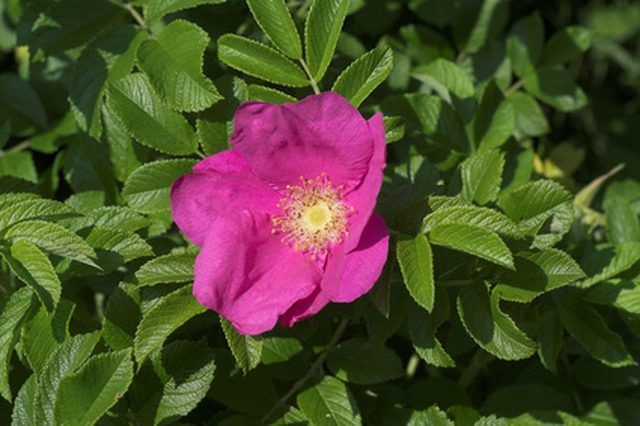Bulbs
Flower Basics
Flower Beds & Specialty Gardens
Flower Garden
Garden Furniture
Garden Gnomes
Garden Seeds
Garden Sheds
Garden Statues
Garden Tools & Supplies
Gardening Basics
Green & Organic
Groundcovers & Vines
Growing Annuals
Growing Basil
Growing Beans
Growing Berries
Growing Blueberries
Growing Cactus
Growing Corn
Growing Cotton
Growing Edibles
Growing Flowers
Growing Garlic
Growing Grapes
Growing Grass
Growing Herbs
Growing Jasmine
Growing Mint
Growing Mushrooms
Orchids
Growing Peanuts
Growing Perennials
Growing Plants
Growing Rosemary
Growing Roses
Growing Strawberries
Growing Sunflowers
Growing Thyme
Growing Tomatoes
Growing Tulips
Growing Vegetables
Herb Basics
Herb Garden
Indoor Growing
Landscaping Basics
Landscaping Patios
Landscaping Plants
Landscaping Shrubs
Landscaping Trees
Landscaping Walks & Pathways
Lawn Basics
Lawn Maintenance
Lawn Mowers
Lawn Ornaments
Lawn Planting
Lawn Tools
Outdoor Growing
Overall Landscape Planning
Pests, Weeds & Problems
Plant Basics
Rock Garden
Rose Garden
Shrubs
Soil
Specialty Gardens
Trees
Vegetable Garden
Yard Maintenance
Wild Rose Plant Identification
Wild Rose Plant Identification. Wild rose plants can be found across the United States and in other parts of the world. They are all members of the genus Rosa. There are many species native to the U.S. that are becoming endangered. Knowing how to identify this beautiful wild rose plant can assist you in doing your part to preserve this element of...

Wild rose plants can be found across the United States and in other parts of the world. They are all members of the genus Rosa. There are many species native to the U.S. that are becoming endangered. Knowing how to identify this beautiful wild rose plant can assist you in doing your part to preserve this element of our national heritage.
Rosa blanda
Also known as early wild rose or meadow rose, Rosa blanda can be found in prairies, meadows and clearings in woodlands. It is a shrub that grows to about 4 feet high. Its flowers are large, showy and pink and it blooms through the summer months. This wild rose's fruit are called hips and resemble tiny apples about half an inch in diameter. This species has the distinction of being Iowa's state flower.
Rosa arkansana
Known commonly as Arkansas wild rose, Rosa arkansana is very similar to Rosa blanda. It, too, is a shrub-like plant with hips that resemble apples showing in late summer. Slightly shorter than Rosa blanda, the Arkansas wild rose reaches about 3 feet tall. It begins to bloom in early summer, producing clusters of fragrant pink to dark pink flowers. This wild rose can be found in prairies, meadows and woodland clearings across much of the midwestern United States.
Rosa woodsii
Rosa woodsii, also called wild rose and woods rose, can be found across much of the northern and midwestern United States. This shrub grows 2 to 5 feet tall with its growth stage beginning in early spring. Rosa woodsii blooms from May to July and produces clusters of flowers, each with five petals, five sepals and multiple stamens. The blooms range from white to dark pink. Its leaves are oval with serrated margins and a shiny upper surface.
Rosa californica
Also known as California wild rose, Rosa californica is a thicket-forming shrub that can grow to 9 feet tall. Its thorns are broad at the base and typically strongly curved. This wild rose's leaves are blue-green and usually single-toothed. The fruit is an oval hip that can be hairy. Its flowers are pink to dark pink with five petals. California wild rose blooms from May to October and can be found in moist areas, such as along the banks of streams and rivers.
Rosa virginiana
The Virginia rose, or Rosa virginiana, is an upright growing shrub-like plant that can reach 4 to 6 feet in height. Its dark green and glossy leaves turn yellow and red in fall. This wild rose produces fragrant pink flowers 2 to 3 inches in diameter that grow in clusters of five to eight. Rosa virginiana can be found across the northern states and into Newfoundland and Ontario. Typically it grows along salt marshes, roadsides and pastures.